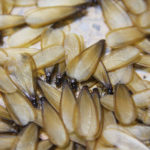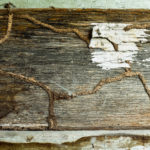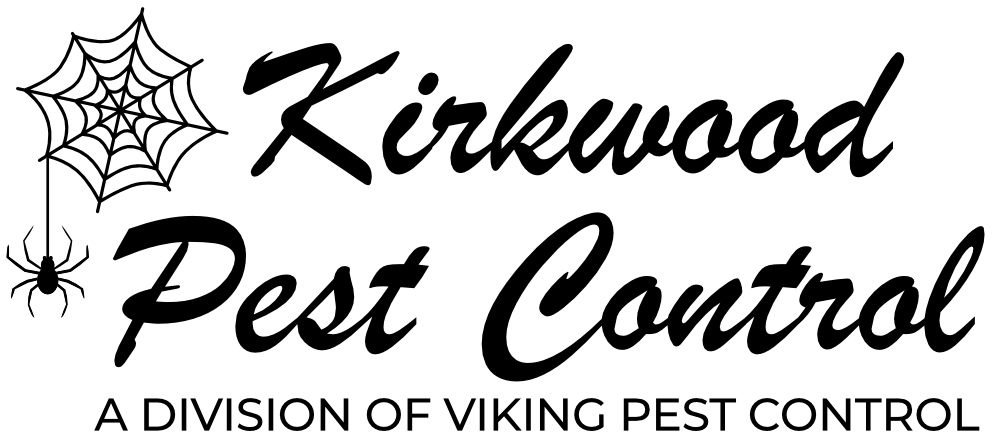Termite Control and Prevention Services

Among all the pests that cause damage to your home, the termite is at the top of the list. Termites are very destructive and can go undetected by the homeowner for years. This is why regular termite inspections are an important part of your home maintenance. Our professionally trained technicians have the equipment, knowledge and experience to recognize the signs of a termite infestation and to develop a treatment program that is right for your home.
Call today for your termite inspection! 800-618-2847
SIGNS OF TERMITE ACTIVITY
Without a periodic inspection of your home, termite activity can remain undetected for years. Some signs of their activity show up unexpectedly, while others are discovered by accident or during renovations. Here are some key signs of a termite infestation:
Swarming:
A termite colony matures in 3-5 years and begins to produce swarmers (winged adults). In Delaware, Maryland, & Pennsylvania, we have at least three species of termites that begin swarming in early spring and late summer, continuing into September or October. Swarming usually occurs during the day, particularly on warm days following rain. Swarmers found outdoors near tree stumps, landscape timbers, etc., are not an indication that your house is infested, but they serve as a reminder that termites live around us. When swarming occurs indoors, it usually means that you have an infestation somewhere within your house. Several species of ants also swarm at the same times of the year as termites. Winged termites and ants look somewhat similar, but you can tell them apart by certain features. If you’re not sure whether you have termites or ants, show them to a pest control professional or bring specimens to your county Cooperative Extension Center for identification.
Termite Mud Tubes:
 Unlike ants, termites do not roam around out in the open. They will either tunnel through wood (or other material) or else travel inside pencil-size (or larger) mud tubes that they build from soil, wood particles and other materials. You will find these tubes on foundation walls, floor joists or other parts of the house. Tubes may also hang from the floor system (see picture below) or may be found protruding from cracks between boards and beams and even through holes termites may chew through sheet rock on walls and ceilings. Break open the tubes to see if termites are still active. An empty tube doesn’t necessarily mean that termites are gone; they may have simply abandoned this particular tunnel. Termites often rebuild damaged tubes, which is another indication of current activity. ‘Old’ tubes are dry and crumble easily, leaving behind “etching” on the surface that may be visible for years (an indication that a house had termite activity at some time). Without knowing the inspection history of the house, it is impossible to tell or guess at the age of tunnels or etching.
Unlike ants, termites do not roam around out in the open. They will either tunnel through wood (or other material) or else travel inside pencil-size (or larger) mud tubes that they build from soil, wood particles and other materials. You will find these tubes on foundation walls, floor joists or other parts of the house. Tubes may also hang from the floor system (see picture below) or may be found protruding from cracks between boards and beams and even through holes termites may chew through sheet rock on walls and ceilings. Break open the tubes to see if termites are still active. An empty tube doesn’t necessarily mean that termites are gone; they may have simply abandoned this particular tunnel. Termites often rebuild damaged tubes, which is another indication of current activity. ‘Old’ tubes are dry and crumble easily, leaving behind “etching” on the surface that may be visible for years (an indication that a house had termite activity at some time). Without knowing the inspection history of the house, it is impossible to tell or guess at the age of tunnels or etching.
Above Ground Termite Infestation:
Tubes that are found on ceilings or on the second floor of buildings may indicate that you have a “secondary” or above ground (“aerial”) infestation, i.e., the termite colony actually lives in the building and the termites are traveling up from the soil. Mud tubes built by an above ground colony usually contain materials other than soil, e.g., wood and sheet rock or whatever the termites are feeding on. Secondary infestations occur when there is a serious moisture problem or leak somewhere within the structure. In such situations, a thorough inspection may require removal of siding or interior wallboards, etc. More importantly for you, secondary infestations cannot be controlled with the usual soil treatment . Finding and correcting the moisture problem is the first step to eliminating the termites.
